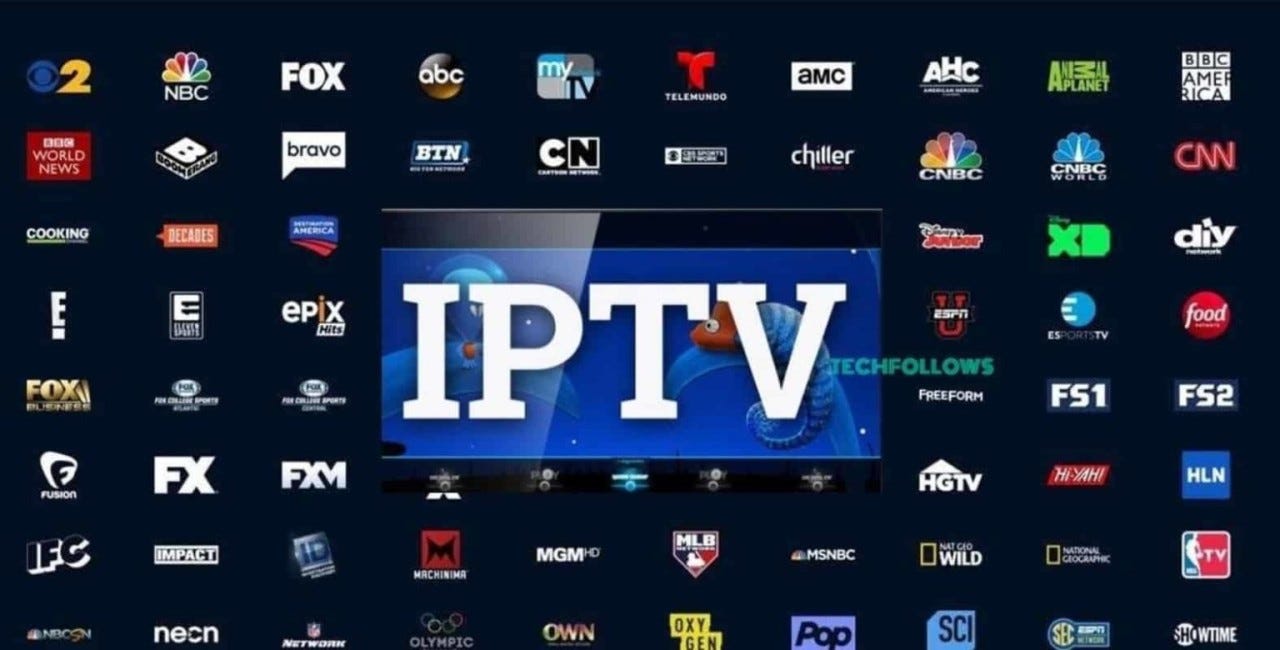How IPTV Functions: A Step-by-Step Guide to Web Method Television Innovation
Net Method Tv (IPTV) has actually revolutionized the method we consume television material, offering a brand-new world of opportunities via the power of the web. From the essential concepts of IPTV to the intricate procedure of content shipment, each step plays a critical role in making sure a smooth viewing experience.
IPTV Essentials
In understanding IPTV basics, it is pivotal to comprehend the fundamental workings of this innovation in providing tv web content online. IPTV, which stands for Net Procedure Tv, makes use of Internet Method (IP) networks to transfer television web content to customers' devices. Unlike typical techniques of transmitting television web content via cable or satellite signals, IPTV streams media through high-speed web connections.

Additionally, IPTV enables for interactive abilities, such as video as needed (VOD) and digital program overviews (EPG), boosting the user experience by supplying more control and versatility in accessing web content. In general, recognizing the essentials of IPTV sets the foundation for exploring its more advanced capabilities and the advantages it offers to contemporary tv usage.
Web Content Distribution Refine
Efficient content shipment in IPTV systems includes a well-structured process that ensures smooth transmission of television material over IP networks. The material distribution procedure in IPTV begins with the production of the video clip material, which is after that inscribed into digital layout ideal for IP transmission. This inscribed content is then firmly kept on web servers understood as media servers. When an audience requests certain material, the IPTV system retrieves the asked for data from the media web servers and provides it to the audience's tool online.

Middleware Functionality
With the combination of middleware, IPTV systems gain enhanced capability that improves individual interaction and web content monitoring. Middleware functions as a vital element that links the space in between the interface and the back-end facilities, helping with seamless communication and communication within the IPTV system. One of the crucial functions of middleware in IPTV is to allow tailored customer experiences by offering attributes such as interactive program overviews, video-on-demand solutions, interactive advertising, and individual preferences administration. By systematizing these capabilities with middleware, service providers can supply a additional hints much more vibrant and tailored IPTV experience to their subscribers.

Gadget Compatibility
Given the pivotal duty of middleware in allowing seamless communication and web content management in IPTV systems, a vital element to take into consideration is the compatibility of tools made use of for accessing the IPTV services. Device compatibility is necessary for making sure a smooth customer experience and optimum efficiency when accessing IPTV web content.
In the context of IPTV, gadget compatibility describes the capacity of a device to effectively engage with the IPTV solution, display material properly, and support the needed methods and codecs for streaming video clip material online. Different gadgets, such as clever TVs, set-top boxes, mobile phones, tablets, and computers, may have differing levels of compatibility with IPTV services.
To make certain a seamless watching experience, it is essential for users to pick gadgets that work with the details IPTV service they are utilizing. In addition, IPTV provider Read More Here need to provide support for a large range of gadgets to deal with the diverse demands of their individual base. By prioritizing tool compatibility, both individuals and company can improve the total IPTV experience.
Quality of Solution (QoS)
Considering the vital role of preserving a high standard of performance and integrity in IPTV systems, making certain constant Quality of Service (QoS) continues to be a basic element of the user experience. QoS in IPTV describes the capability of the system to deliver content with very little interruptions, high resolution, and fast packing times. To attain ideal QoS, numerous factors need to be resolved. Network data transfer is crucial to support high-quality video clip streaming without buffering or pixelation. In addition, latency, jitter, and packet loss have to be reduced to boost the checking out experience.
Provider employ QoS systems such as website traffic prioritization, buffering, and mistake correction to preserve a stable IPTV service. By prioritizing IPTV website traffic over much less time-sensitive data, companies can guarantee smooth playback even during peak use hours. Buffering aids compensate for network variations, while mistake modification techniques boost data integrity.
Continuous monitoring and optimization of QoS criteria are necessary to adapt to altering network conditions and customer needs. Eventually, a durable QoS framework is crucial for delivering a smooth and enjoyable IPTV experience to users.
Conclusion
In final thought, IPTV runs via the transmission of television material over web method networks. Quality of Service plays an essential role in Read Full Report preserving the effectiveness and dependability of IPTV solutions - IPTV subscription.